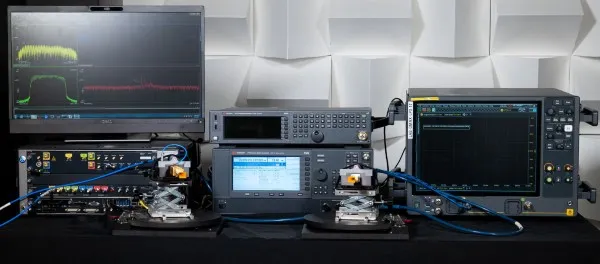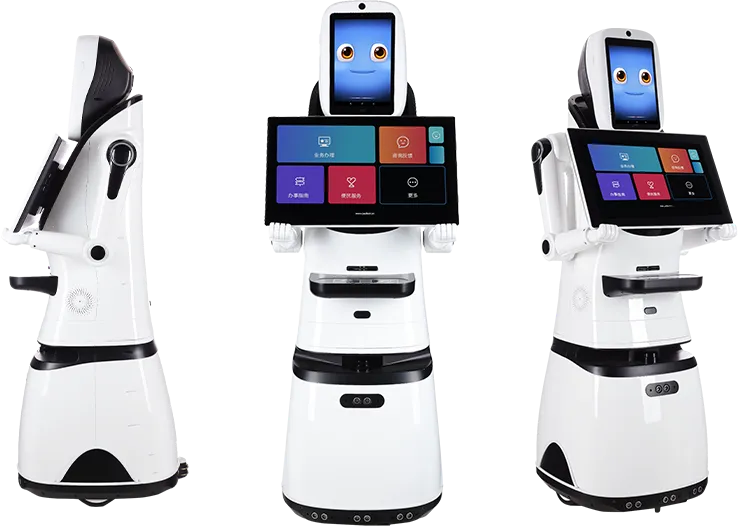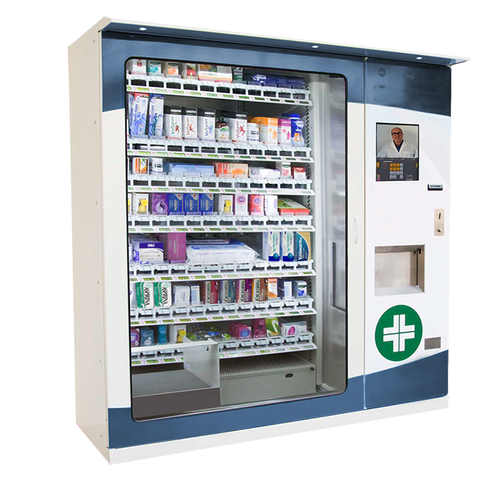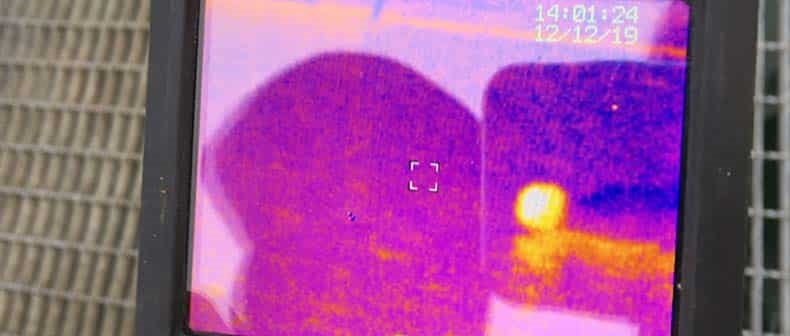Overview
Recently, China’s first terahertz/6G large-capacity wireless base station prototype was piloted successfully at the Shijiazhuang tower company, marking a notable advance in terahertz wireless communication technology in China.
An international team led by the University of Adelaide developed the first substrate-free silicon-based ultra-wideband integrated terahertz polarization multiplexer and tested it in the sub-THz J-band (220-330 GHz). This band is relevant for 6G and future communication technologies. The device improves terahertz communication system efficiency and supports development of higher-capacity, higher-reliability wireless networks.
Research advances in AI for terahertz metamaterial design and optimization have produced results such as automatic parameter tuning and structural optimization of metamaterial devices, improving performance for sensing, modulation, and filtering, and enabling functions such as near-perfect absorption and polarization conversion. These developments indicate broad application potential for sub-THz technology across communication, sensing, and materials science, and a role in 6G development.
6G Spectrum and Terahertz Frequencies
5G uses very high millimeter-wave bands, while 6G plans to use higher frequencies above 100 GHz to support greater data rates and lower latency compared with 5G NR. Current research focuses on communications up to 330 GHz; in particular, the wireless industry is concentrating on the D band (110-170 GHz) and midband spectrum (7-24 GHz).
6G will also use frequencies supported by current 5G networks, including millimeter-wave and sub-8 GHz bands. Many applications can use these frequencies, for example non-destructive imaging (such as security scanners) and spectroscopy (such as material analysis).
Terahertz communication is one technical component of 6G. Other elements include integrated sensing and communication (ISAC, also called joint communication and sensing, JCAS), AI and ML, and reconfigurable intelligent surfaces (RIS). For maximum throughput and ultra-low latency, terahertz links may be essential. Terahertz communications also enable applications such as holographic communication.
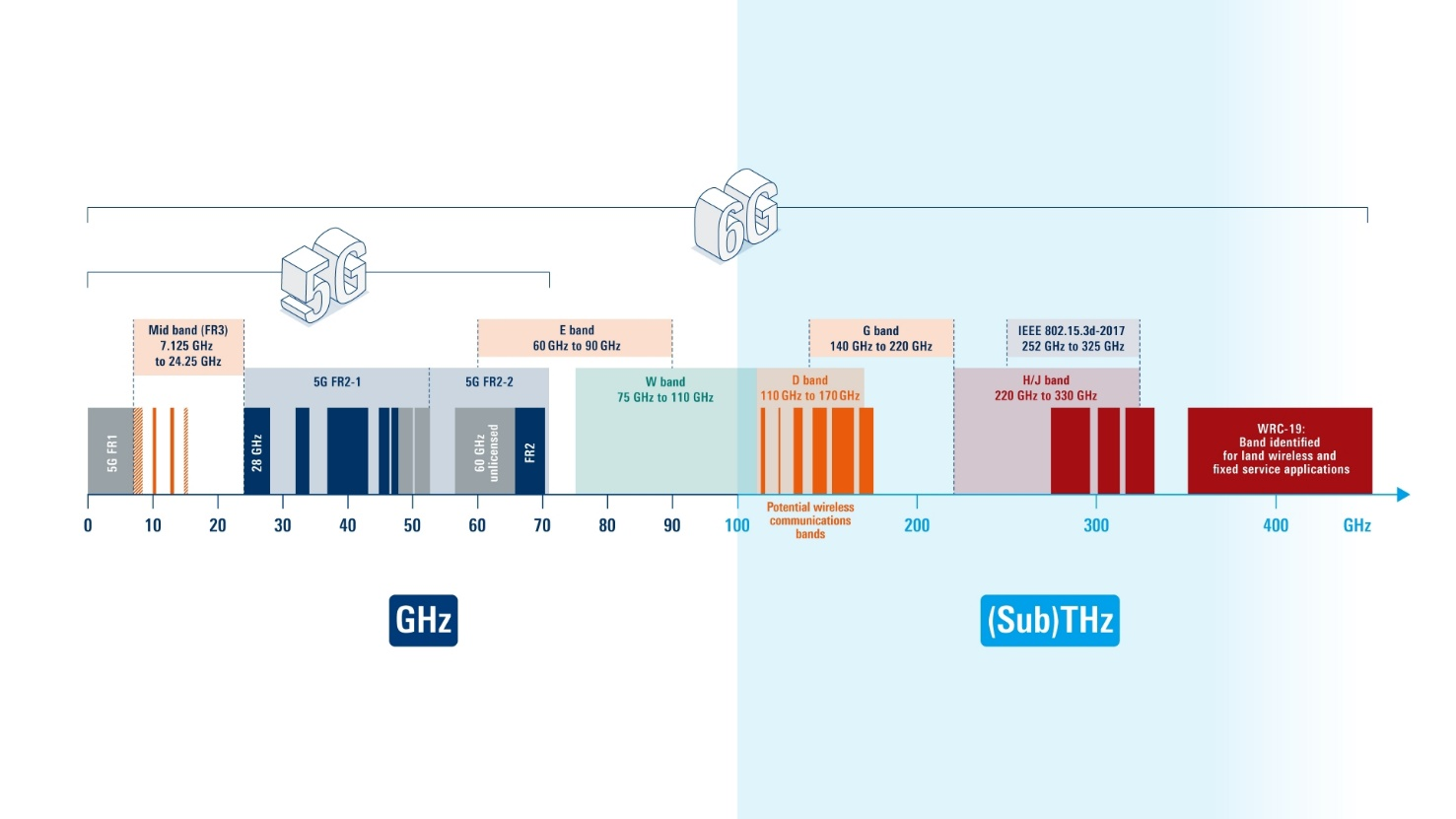
Testing Challenges for 6G Terahertz
Microwave, millimeter-wave, and terahertz technologies differ significantly. Terahertz frequencies create new challenges for semiconductor components and require additional channel probing to develop new channel models for higher frequencies.
New semiconductor components must be developed to operate across the terahertz frequency range and meet mass-market requirements. These components must provide high output power at high frequencies, which requires larger bandwidths. This is a key challenge for the semiconductor industry because components such as power amplifiers (for example monolithic microwave integrated circuits) strongly affect overall system performance, including output power, efficiency, bandwidth, and other characteristics.
Accurate understanding of electromagnetic wave propagation is necessary to develop sub-THz communications for 6G. Therefore, channel propagation measurements above 100 GHz are important research areas because this band remains relatively underexplored and propagation is strongly affected by environmental conditions such as humans, vehicles, and precipitation. Existing 5G channel models must be validated and carefully adjusted to reflect environmental effects, so developing accurate terahertz measurement instruments is an important step in 6G research.
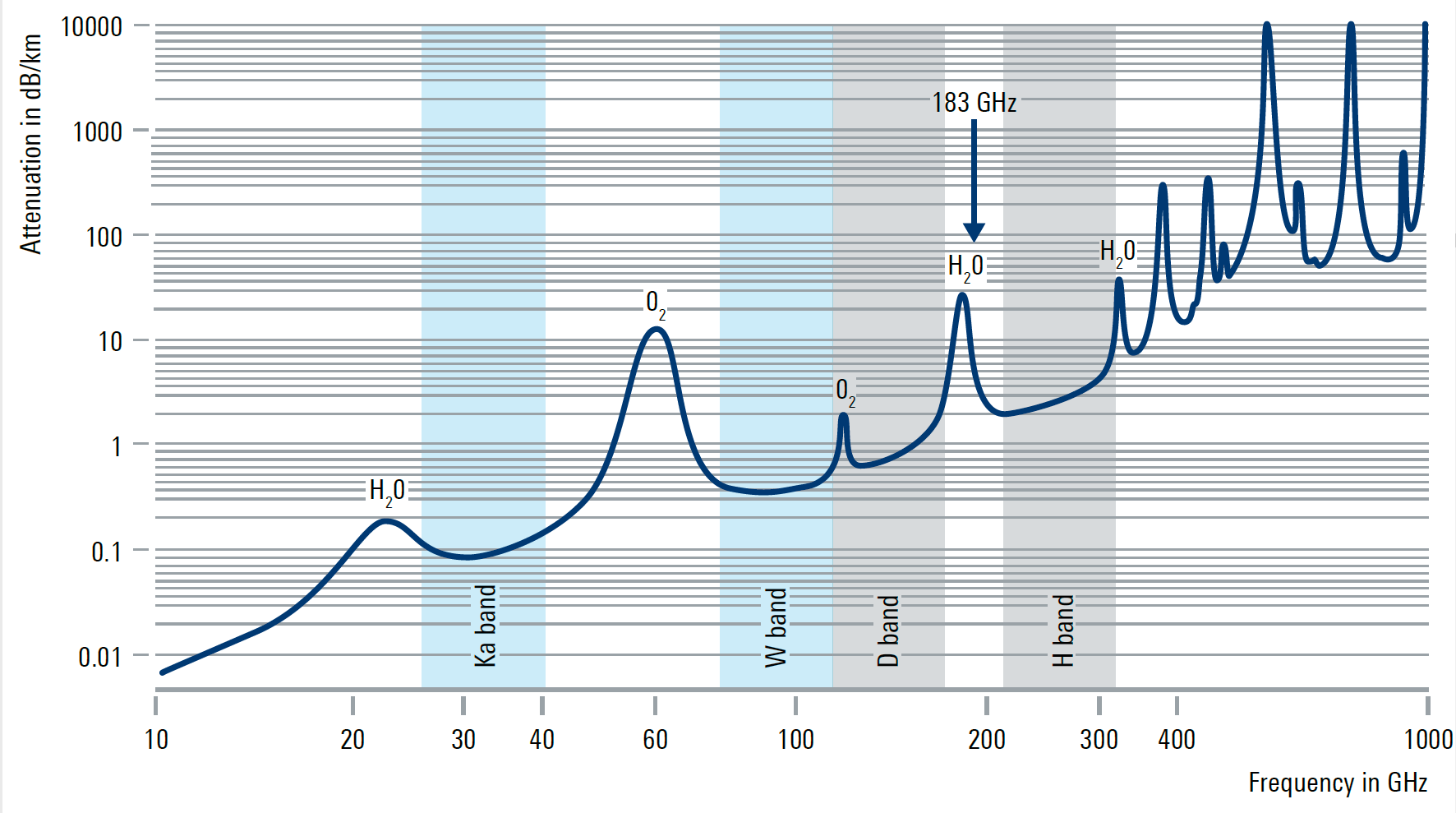
Sub-THz Signal Generation and Analysis
Using an SMW200A and an FSW signal and spectrum analyzer with RF front ends and frequency converters enables signal generation and analysis from the W band to the H band, covering 70-110 GHz, 110-175 GHz, and 220-330 GHz, with future extensions above 330 GHz.
RF Front-End Modules
At the transmitter side, the FE110/170ST RF front end provides strong RF transmit performance. It can share an external frequency reference with other equipment and can use either an internal or external local oscillator. The built-in amplifier provides a wide output power dynamic range; external amplifiers can increase maximum output power. Using external bandpass filters can further improve output signal quality.
On the receiver side, the FE110/170RT RF front end can also share an external frequency reference or use an internal or external local oscillator. The built-in variable attenuator enables a wide input power dynamic range. External bandpass filters can further optimize input signal quality.

On both transmit and receive RF front ends, when external filters or amplifiers are used, the amplifier frequency response data can be automatically compensated by the RF front end hardware, reducing the need for post-processing of test results.
Conclusion
Rohde & Schwarz provides test and measurement solutions capable of generating and analyzing signals to support research and development for 6G sub-THz communications. These tools are intended to assist laboratory validation, channel characterization, and instrument-based measurement needed for advancing terahertz communications research.
 ALLPCB
ALLPCB


